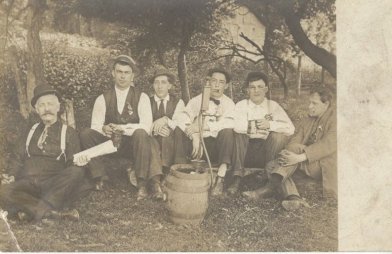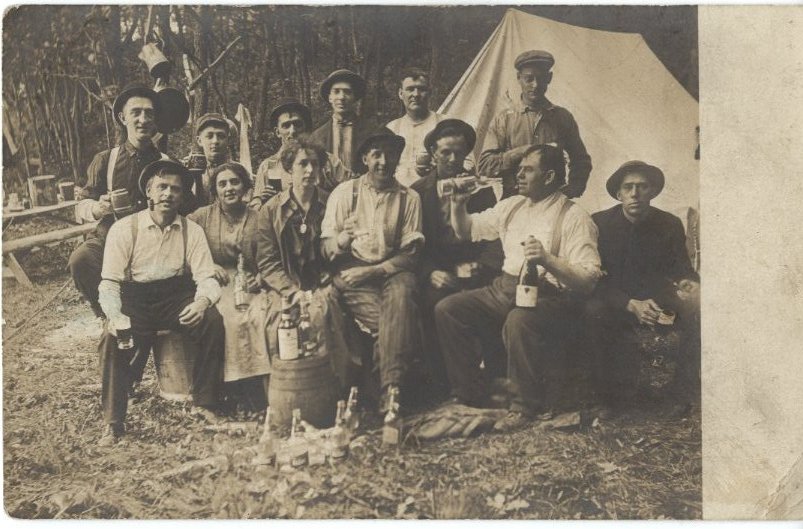
In January 1920, Prohibition started and the nation would never be the same. Minnesota as a whole was in favor of prohibition; in fact the guidelines for it were put down by a Minnesota Congressman, Andrew Volstead. In Scott County, however, Prohibition was far from favored. It’s no surprise that the heavy German population in the county would be opposed to the law. In fact, prior to 1917 and World War I, Germans made up a large front in the anti-prohibition movement.
Jordan was a hotbed for Volstead violations during prohibition. Even those who were supposedly following the law often found themselves caught for selling liquor. In raids in the early 1920s, Jordan had the entirety of the soft-drink bar owners cited for violations. Soft-drinks are not necessarily the soda pop we think of today, it also included mixed drinks with things like simple syrups. As early as 1922, the Jordan Commercial Club sent a message to the US Congress demanding Prohibition’s repeal.
 Jordan was not the only source of violations in the county. Shakopee had its fair share, and even New Market had a famous incident reported in in 1921. The story goes that a New Market man had made so much moonshine in the year and half since Prohibition that he had earn $16,000, that almost $250,000 today. It’s no surprise then, that not long after a night at the bar of him bragging of his success that the Prohibition agents raided his farm.
Jordan was not the only source of violations in the county. Shakopee had its fair share, and even New Market had a famous incident reported in in 1921. The story goes that a New Market man had made so much moonshine in the year and half since Prohibition that he had earn $16,000, that almost $250,000 today. It’s no surprise then, that not long after a night at the bar of him bragging of his success that the Prohibition agents raided his farm.
Raids in Scott County became quite frequent, occurring at least once a month in the early years and then becoming about a bi-monthly occurrence in the later years of Prohibition. A report in 1921 from the Jordan Independent mentioned a raid in March of that year that took Prohibition raids from a joke to a very real reality.
Prohibition impacted the county in many different ways, from the changing of livelihoods, to the increase in technically criminal activity; one could say Scott County is a good test case for the impact of Prohibition as a whole. If you want to learn more about how the county weathered the 18th Amendment be sure to visit us when we reopen in the spring for our new exhibit on the subject.
Written by Dave Nichols, Curator of Collections










 Jordan was not the only source of violations in the county. Shakopee had its fair share, and even New Market had a famous incident reported in in 1921. The story goes that a New Market man had made so much moonshine in the year and half since Prohibition tha
Jordan was not the only source of violations in the county. Shakopee had its fair share, and even New Market had a famous incident reported in in 1921. The story goes that a New Market man had made so much moonshine in the year and half since Prohibition tha